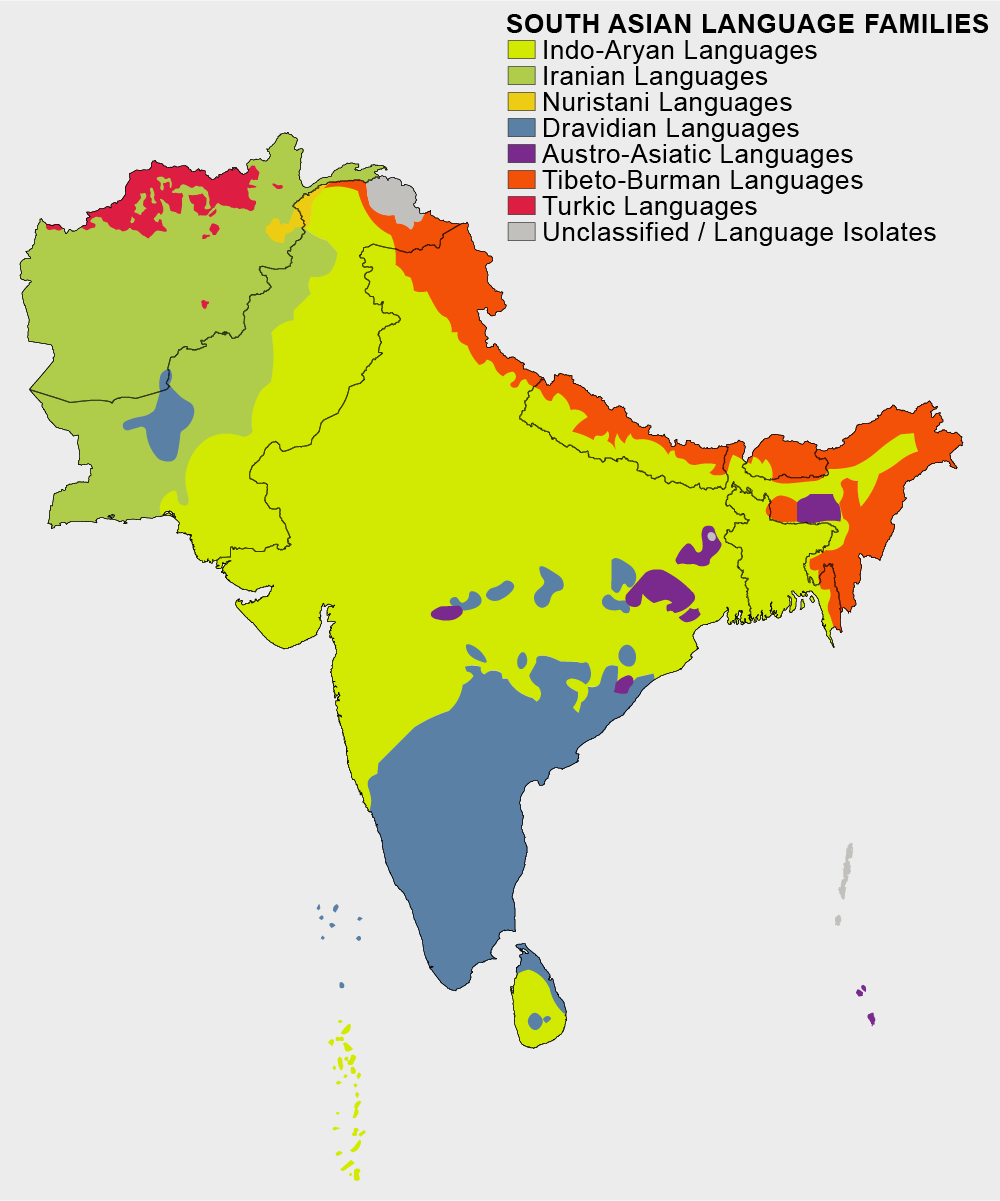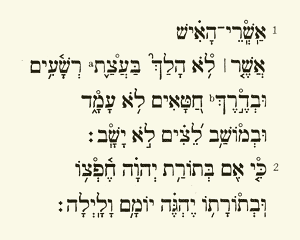|
Eastern Arabic Numerals
The Eastern Arabic numerals, also called Arabic-Hindu numerals or Indo–Arabic numerals, are the symbols used to represent numerical digits in conjunction with the Arabic alphabet in the countries of the Mashriq (the east of the Arab world), the Arabian Peninsula, and its variant in other countries that use the Persian numerals on the Iranian plateau and in Asia. Origin The numeral system originates from an ancient Indian numeral system, which was re-introduced in the book ''On the Calculation with Hindu Numerals'' written by the Islamic Golden Age mathematician and engineer al-Khwarizmi, whose name was Latinized as ''Algoritmi''.Other Latin transliterations include ''Algaurizin''. Other names These numbers are known as () in Arabic. They are sometimes also called ''Indic numerals'' in English. However, that is sometimes discouraged as it can lead to confusion with Indian numerals, used in Brahmic scripts of the Indian subcontinent. Numerals Each numeral in t ... [...More Info...] [...Related Items...] OR: [Wikipedia] [Google] [Baidu] |
Languages Of South Asia
South Asia is home to several hundred languages, spanning the countries of Afghanistan, Bangladesh, Bhutan, India, Nepal, Pakistan, Maldives and Sri Lanka. It is home to the third most spoken language in the world, Hindi–Urdu; and the sixth most spoken language, Bengali. The languages in the region mostly comprise Indo-Iranic and Dravidian languages, and further members of other language families like Austroasiatic, Turkic, and Tibeto-Burman languages. South Asian English is considered the international lingua franca of the South Asian countries. Afghanistan The official languages of Afghanistan are Pashto and Dari, both of which are Iranic languages. Dari, an Afghan standardized register of the Persian language, is considered the lingua franca of Afghanistan and used to write Afghan literature. Tajik is spoken by people closer to Tajikistan, although officially the language is regarded same as Dari. A few Turkic languages like Uzbek and Turkmen are also spoken n ... [...More Info...] [...Related Items...] OR: [Wikipedia] [Google] [Baidu] |
Egypt
Egypt ( ar, مصر , ), officially the Arab Republic of Egypt, is a transcontinental country spanning the northeast corner of Africa and southwest corner of Asia via a land bridge formed by the Sinai Peninsula. It is bordered by the Mediterranean Sea to the north, the Gaza Strip of Palestine and Israel to the northeast, the Red Sea to the east, Sudan to the south, and Libya to the west. The Gulf of Aqaba in the northeast separates Egypt from Jordan and Saudi Arabia. Cairo is the capital and largest city of Egypt, while Alexandria, the second-largest city, is an important industrial and tourist hub at the Mediterranean coast. At approximately 100 million inhabitants, Egypt is the 14th-most populated country in the world. Egypt has one of the longest histories of any country, tracing its heritage along the Nile Delta back to the 6th–4th millennia BCE. Considered a cradle of civilisation, Ancient Egypt saw some of the earliest developments of writing, agriculture ... [...More Info...] [...Related Items...] OR: [Wikipedia] [Google] [Baidu] |
Afghanistan
Afghanistan, officially the Islamic Emirate of Afghanistan,; prs, امارت اسلامی افغانستان is a landlocked country located at the crossroads of Central Asia and South Asia. Referred to as the Heart of Asia, it is bordered by Pakistan to the east and south, Iran to the west, Turkmenistan to the northwest, Uzbekistan to the north, Tajikistan to the northeast, and China to the northeast and east. Occupying of land, the country is predominantly mountainous with plains in the north and the southwest, which are separated by the Hindu Kush mountain range. , its population is 40.2 million (officially estimated to be 32.9 million), composed mostly of ethnic Pashtuns, Tajiks, Hazaras, and Uzbeks. Kabul is the country's largest city and serves as its capital. Human habitation in Afghanistan dates back to the Middle Paleolithic era, and the country's strategic location along the historic Silk Road has led it to being described, picturesquely, as the ‘rounda ... [...More Info...] [...Related Items...] OR: [Wikipedia] [Google] [Baidu] |
Iran
Iran, officially the Islamic Republic of Iran, and also called Persia, is a country located in Western Asia. It is bordered by Iraq and Turkey to the west, by Azerbaijan and Armenia to the northwest, by the Caspian Sea and Turkmenistan to the north, by Afghanistan and Pakistan to the east, and by the Gulf of Oman and the Persian Gulf to the south. It covers an area of , making it the 17th-largest country. Iran has a population of 86 million, making it the 17th-most populous country in the world, and the second-largest in the Middle East. Its largest cities, in descending order, are the capital Tehran, Mashhad, Isfahan, Karaj, Shiraz, and Tabriz. The country is home to one of the world's oldest civilizations, beginning with the formation of the Elamite kingdoms in the fourth millennium BC. It was first unified by the Medes, an ancient Iranian people, in the seventh century BC, and reached its territorial height in the sixth century BC, when Cyrus the Great f ... [...More Info...] [...Related Items...] OR: [Wikipedia] [Google] [Baidu] |
Decimal Mark
A decimal separator is a symbol used to separate the integer part from the fractional part of a number written in decimal form (e.g., "." in 12.45). Different countries officially designate different symbols for use as the separator. The choice of symbol also affects the choice of symbol for the thousands separator used in digit grouping. Any such symbol can be called a decimal mark, decimal marker, or decimal sign. Symbol-specific names are also used; decimal point and decimal comma refer to an (either baseline or middle) dot and comma respectively, when it is used as a decimal separator; these are the usual terms used in English, with the aforementioned generic terms reserved for abstract usage. In many contexts, when a number is spoken, the function of the separator is assumed by the spoken name of the symbol: ''comma'' or ''point'' in most cases. In some specialized contexts, the word ''decimal'' is instead used for this purpose (such as in International Civil Aviation ... [...More Info...] [...Related Items...] OR: [Wikipedia] [Google] [Baidu] |
Right-to-left
In a script (commonly shortened to right to left or abbreviated RTL, RL-TB or R2L), writing starts from the right of the page and continues to the left, proceeding from top to bottom for new lines. Arabic, Hebrew, Persian, Pashto, Urdu, Kashmiri and Sindhi are the most widespread R2L writing systems in modern times. ''Right-to-left'' can also refer to (TB-RL or vertical) scripts of tradition, such as Chinese, Japanese, and Korean, though in modern times they are also commonly written (with lines going from top to bottom). Books designed for predominantly vertical TBRL text open in the same direction as those for RTL horizontal text: the spine is on the right and pages are numbered from right to left. These scripts can be contrasted with many common modern writing systems, where writing starts from the left of the page and continues to the right. The Arabic script is mostly but not exclusively right-to-left; mathematical expressions, numeric dates and numbers bearing uni ... [...More Info...] [...Related Items...] OR: [Wikipedia] [Google] [Baidu] |
Western Arabic Numerals
Arabic numerals are the ten numerical digits: , , , , , , , , and . They are the most commonly used symbols to write decimal numbers. They are also used for writing numbers in other systems such as octal, and for writing identifiers such as computer symbols, trademarks, or license plates. The term often implies a decimal number, in particular when contrasted with Roman numerals. They are also called Western Arabic numerals, Ghubār numerals, Hindu-Arabic numerals, Western digits, Latin digits, or European digits. The ''Oxford English Dictionary'' differentiates them with the fully capitalized ''Arabic Numerals'' to refer to the Eastern digits. The term numbers or numerals or digits often implies only these symbols, however this can only be inferred from context. It was in the Algerian city of Béjaïa that the Italian scholar Fibonacci first encountered the numerals; his work was crucial in making them known throughout Europe. European trade, books, and colonialism helped ... [...More Info...] [...Related Items...] OR: [Wikipedia] [Google] [Baidu] |
Arabic Clock Numerals
Arabic (, ' ; , ' or ) is a Semitic language spoken primarily across the Arab world.Semitic languages: an international handbook / edited by Stefan Weninger; in collaboration with Geoffrey Khan, Michael P. Streck, Janet C. E.Watson; Walter de Gruyter GmbH & Co. KG, Berlin/Boston, 2011. Having emerged in the 1st century, it is named after the Arab people; the term "Arab" was initially used to describe those living in the Arabian Peninsula, as perceived by geographers from ancient Greece. Since the 7th century, Arabic has been characterized by diglossia, with an opposition between a standard prestige language—i.e., Literary Arabic: Modern Standard Arabic (MSA) or Classical Arabic—and diverse vernacular varieties, which serve as mother tongues. Colloquial dialects vary significantly from MSA, impeding mutual intelligibility. MSA is only acquired through formal education and is not spoken natively. It is the language of literature, official documents, and formal written m ... [...More Info...] [...Related Items...] OR: [Wikipedia] [Google] [Baidu] |
Abjad Numerals
The Abjad numerals, also called Hisab al-Jummal ( ar, حِسَاب ٱلْجُمَّل, ), are a decimal alphabetic numeral system/ alphanumeric code, in which the 28 letters of the Arabic alphabet are assigned numerical values. They have been used in the Arabic-speaking world since before the eighth century when positional Arabic numerals were adopted. In modern Arabic, the word ' () means ' ' in general. In the Abjad system, the first letter of the Arabic alphabet, ʾalif, is used to represent 1; the second letter, bāʾ, 2, up to 9. Letters then represent the first nine intervals of 10s and those of the 100s: yāʾ for 10, kāf for 20, qāf for 100, ending with 1000. The word '' ʾabjad'' () itself derives from the first four letters (A-B-J-D) of the Semitic alphabet, including the Aramaic alphabet, Hebrew alphabet, Phoenician alphabet, and other scripts for Semitic languages. These older alphabets contained only 22 letters, stopping at taw, numerically equivalent to 40 ... [...More Info...] [...Related Items...] OR: [Wikipedia] [Google] [Baidu] |
Urdu Alphabet
The Urdu alphabet (), is the right-to-left alphabet used for Urdu. It is a modification of the Persian script, which is itself a derivative of the Arabic script. The Urdu alphabet has up to 39 or 40 distinct letters with no distinct letter cases and is typically written in the calligraphic Nastaʿlīq script, whereas Arabic is more commonly written in the Naskh style. Usually, bare transliterations of Urdu into the Latin alphabet (called Roman Urdu) omit many phonemic elements that have no equivalent in English or other languages commonly written in the Latin script. History The standard Urdu script is a modified version of the Perso-Arabic script and has its origins in 13th century Iran. It is closely related to the development of the Nastaliq style of Perso-Arabic script. Despite the invention of the Urdu typewriter in 1911, Urdu newspapers continued to publish prints of handwritten scripts by calligraphers known as '' katibs'' or '' khush-navees'' until the lat ... [...More Info...] [...Related Items...] OR: [Wikipedia] [Google] [Baidu] |





